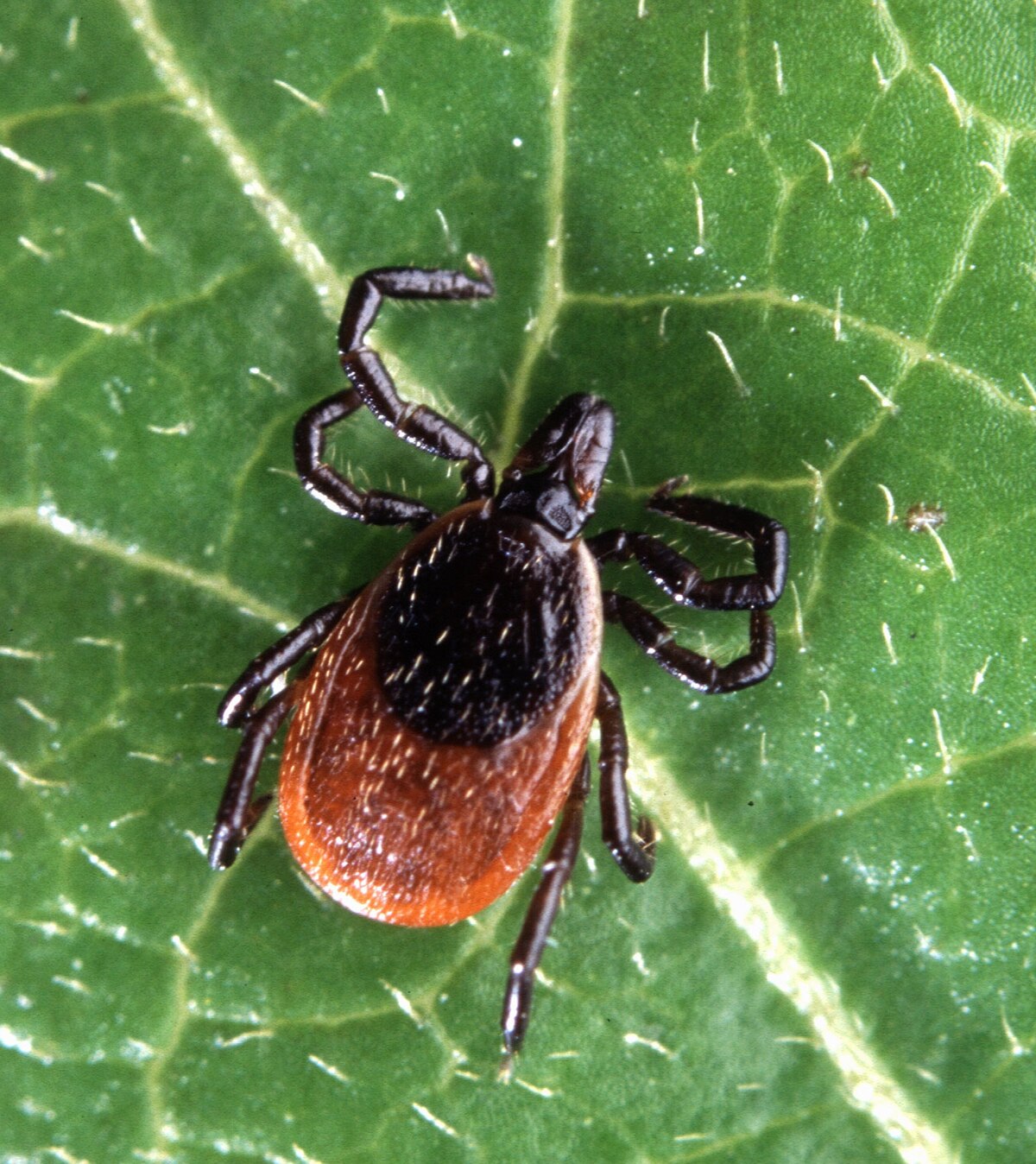Ticks on the Rise: A Hidden Threat
As the sun peeks out and the snow melts away, Canadian families flock to their beloved parks and hiking trails, hoping to reconnect with nature after the long winter. Yet, lurking among the grass and shrubs is a silent threat that has been making headlines and alarming public health officials: Lyme disease.
Once considered a rarity in Canada, the incidence of Lyme disease has been increasing steadily over the past decade. According to the Public Health Agency of Canada, reported cases jumped from fewer than 200 in 2009 to over 3,000 in recent years. With tick habitats expanding further into urban and rural areas, many fear that this is just the beginning.
The Human Cost of Lyme Disease
For many, Lyme disease isn’t just a statistic—it’s a life-altering diagnosis. Patricia Lawson, a 38-year-old mother of two from Ontario, was bitten by a tick during a family camping trip in 2021. “I thought I was invincible,” she reminisces about her carefree hikes. “But once I started experiencing joint pain and fatigue, I knew something was seriously wrong.” Patricia now juggles daily pain management alongside her family responsibilities, an ongoing reminder of the disease that changed her life.
Awareness and Advocacy
Public awareness campaigns have sprung up across the country as more individuals like Patricia seek to inform others about the dangers of Lyme disease. Social media has also played a significant role in spreading awareness, with hashtags like #LymeDiseaseAwareness trending on platforms like Twitter and Instagram. Community advocacy groups are forming support systems for patients and their families, pushing for increased funding for research and better education about tick prevention.
Preventive Measures and Public Health Response
Health officials recommend strategies for avoiding tick bites, such as wearing protective clothing, using insect repellent, and performing tick checks after outdoor activities. Furthermore, municipalities are beginning to take action by treating known tick habitats and providing educational resources to residents.
In recent years, there has been a noticeable shift in how Lyme disease is viewed within the medical community. “It needs to be taken seriously—early diagnosis and treatment can make a world of difference,” says Dr. Anya Patel, a Toronto-based infectious disease specialist. She has seen firsthand how late diagnoses often lead to chronic symptoms that can endure for years.
The Road Ahead
As Lyme disease continues to spread across Canada, the urgency of addressing it grows. With research efforts increasing and more public awareness, there’s cautious optimism among advocates. “We can’t control tick populations,” Patricia notes, “but we can educate ourselves and protect our loved ones.” As the country heads into another summer season filled with outdoor activity, the conversation around Lyme disease and its broader implications is more critical than ever.

